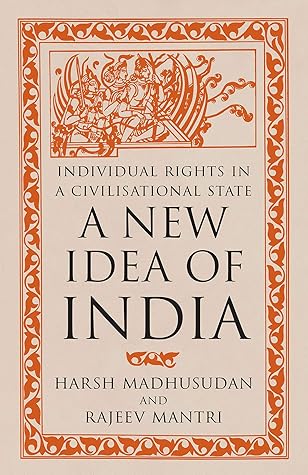More on this book
Community
Kindle Notes & Highlights
Read between
September 20 - September 21, 2020
Sanjeev Sanyal has opined that India needs a ‘Transparency of Rules Act’ so that all rules and procedures are notified in real time on the website of the relevant government agency or department, in one coherent document, rather than as a series of circulars.
The RTI Act has helped the cause of accountability. It has shaken the system, especially the bureaucracy that had coalesced into an unimaginable labyrinth of sinecures. Thanks to the indefatigable idealism and persistence of activists such as H.D. Shourie, and building on the NDA government’s Freedom of Information Act (2002), the UPA government passed the RTI Act in 2005.
But the marginal returns from RTI are diminishing—it is in the interest of transparency and even economic efficiency that the Act be reformed and its objectives broadened.
Jaideep Prabhu has noted how the declassification of government documents and the opening up of the National Archives could cure the Indian establishment’s allodoxaphobia, or fear of opinions.27 Prabhu rightly suggests that such openness could dramatically boost scholarship and analysis of India’s governance, both past and present.
With excessive centralisation of power, the right solutions do not get designed or customised as per varying local requirements. Devolving most policy making to the states—and even to the local bodies—may make much more sense.
During the Emergency imposed by Prime Minister Indira Gandhi, some subjects such as education were brought into the concurrent list, which is open to both Union and state for making policy but where the former generally prevails.
The Muslim League in the mid-1940s wanted a very loose federation with residual powers in the provinces after the British left, insisting that the provinces would fund the central government, rather than the latter raising any taxes directly. Nehru and Patel foresaw that such an arrangement would destabilise the Union, and rightly rejected the idea, even though it meant accepting Partition.
In July 2017, India got a new indirect tax system that subsumed over a dozen different taxes and levies, unifying the vast but fragmented Indian market. The transition has been difficult, though expecting anything else for a political economy as massive and complex as India’s would have been overly optimistic, even silly.
It is true that having fewer tax rates would be good for growth in the neoclassical view. Moreover, less tweaking of rates by having fewer rates certainly reduces the chances of cronyism or political favouritism. But this should be weighed against concerns about fairness (or ‘progressivity’)—indirect taxes are generally considered ‘regressive’ because a poor person pays the same percentage of tax on his or her consumption as a rich person when they buy the same product.
Just because equity concerns are valid does not mean we tax some goods to oblivion.
The GST as it stands today has been a brilliant example of cooperative federalism, but it is still a potentially worrying development when it comes to competitive federalism.


